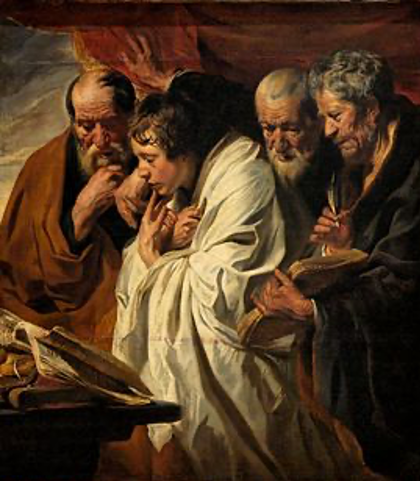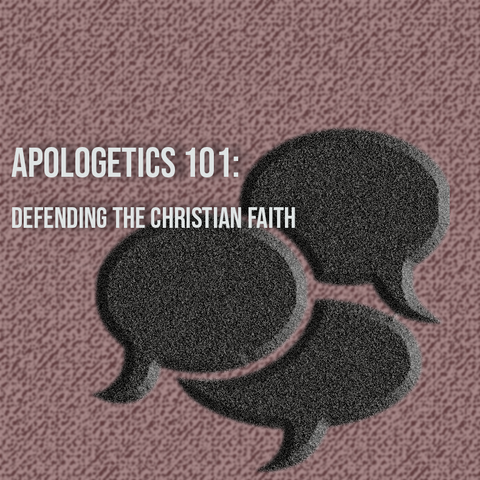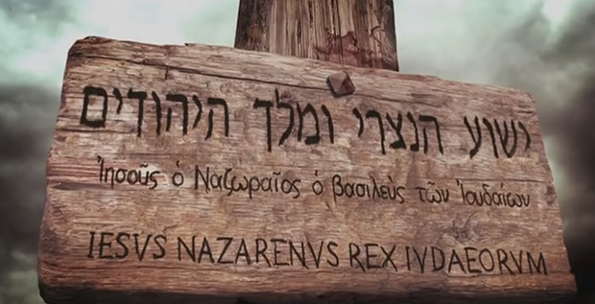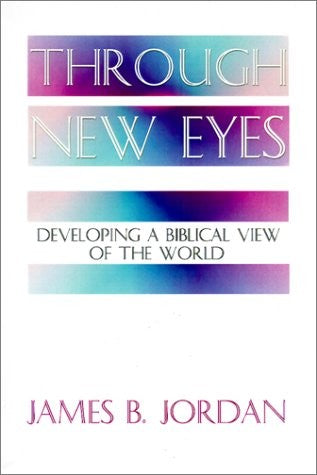Skeptics of the Bible nitpick different accounts of similar events. If the four gospels don’t align exactly at every detail, the claim is made that there are mistakes in the Bible. It seems to me that when the Gospels were put together, the compilers would have noted differences and fixed them if they were thought to be a problem historically. They didn’t. The different Gospels are an interrelated harmony that tell a rich historical story.
Luke includes some material not found in Matthew. He compiles his gospel account like an investigative reporter:
Since many have undertaken to compile an account of the things accomplished among us, just as they were handed down to us by those who from the beginning were eyewitnesses and servants of the word, it seemed fitting to me as well, having investigated everything carefully from the beginning, to write it out for you in an orderly sequence, most excellent Theophilus; so that you may know the exact truth about the things you have been taught (1:1-4).
Like Matthew’s Gospel, Herod is an identifiable historical person. If there was anything in Luke’s record that was not accurate, there were people still living who could have pointed out the errors and/or embellishments. The history found in Luke’s Gospel takes up the entire first chapter that includes the annunciation of John the Baptizer and Jesus. Additional historical material is added about a census of the Roman Empire (oikoumenē) by a named Roman governor in Syria (2:1-2).

In Matthew 2:1 we learn that “after Jesus was born in Bethlehem of Judea in the days of Herod the king, behold magi from the east arrived in Jerusalem.” It’s clear from what Matthew writes that by the time the Magi arrived in Jerusalem and entered Herod’s court, Jesus had already been born. Manger scenes that show the Magi present at the birth of Jesus are inaccurate. This means that the first time Herod hears about Jesus—the “King of the Jews” (2:2)—is when the magi inform him of His birth. It’s only after this information is given to Herod that he is “troubled” enough to “gather together all the chief priests and scribes of the people” (2:4) to ascertain “where the Christ was to be born” (2:4). We’re not told how long this took. After finding out where the Messiah was to be born, Herod “ascertains” from the magi “the time the star appeared” (2:7).

Apologetics 101: Defending the Christian Faith
Apologetics 101 is an in-depth study of defending the Christian faith. The Greek word apologia simply means "defense," and apologetics is the art and act of giving a defense. Christian Apologetics then is the art and act of defending the Christian faith, not a proof of God in general. The Christian apologist must be ready to answer truth claims about the Bible, not claims about Hinduism, Islam, or any other false religion. The Bible makes the bold claim that Jesus is the ONLY way, and the Christian apologist must set his sights on the Bible alone, not on a defense of arbitrary theism.
Buy NowThis means that the first appearance of the star indicates when Jesus was born. The magi saw the star when they were still somewhere in “the east” (2:1). Herod calculated the travel time from the date they saw the star and how long it took them to travel to Jerusalem. He figures on taking no chances “and sent and slew all the male children who were in Bethlehem and in all its environs, from two years old and under, according to the time which he had ascertained from the magi” (2:16). Why two years and under if he was looking for a newborn? Enough time must have passed for him to consider such drastic measures to wipe out any potential political usurper. Notice where Jesus is when the magi finally meet up with Him: “And they came into the house (oikos) and saw the Child with Mary His mother” (2:11). Jesus is no longer the “babe in the manger.” He’s now in a house, most probably with relatives. It was only after their visit to this house that the magi had “been warned in a dream not to return to Herod” (2:12) and Joseph had been warned to “take the Child and His mother and flee to Egypt” (2:13) where they waited until Herod had died (2:15). In between the time the magi had seen “His star in the east” (2:2), and the time it took them to travel to Jerusalem to ask Herod where the “King of the Jews” had been born, and found the house where Mary and her family had been lodging. Luke records Jesus’ circumcision and presentation in the temple (Luke 2:21), and the laws regarding purification had been fulfilled (Lev. 12:1-4). There is no contradiction. Everything is in perfect harmony.
We see similar harmonies in Matthew 24-25, Mark 13, and Luke 17 and 21. Is Jesus referring to the generation of His day (“this generation”), a future generation, a mix of time periods, or double fulfillment?[1] They are harmonies of the same generation that would pass away before all the events listed took place. “This generation” always means the generation to whom Jesus was speaking. The Greek word genea means “generation,” not “race,” “nation,” or “this kind of generation.
The late Otto Scott, a former journalist, editor, historian, and author of ten books and numerous articles, was attracted to the gospel accounts of Jesus’ life because they didn’t agree on every point. Scott recounts how he became a Christian after reading the gospels and their differences:
“Well, my wife was Christian and took our daughter to church all the time. I would attend out of courtesy. One night I was reading late, and my little girl came out of the bedroom and wanted to know about this business of turning the other cheek. I had no idea where that idea came from, but I thought it might be the Bible. I had a Bible in the house, of course, and I picked it up and read the Gospels—all four in one swoop. It was the contradictions [differences] in the testimony of these four different men that convinced me. As a reporter, I had interviewed a lot of men, and I was on the crime beat at one point. I knew that if you get four men who tell you the same story they probably are colluding because no four men see the same thing the same way. One sees one significant element; one sees another. Although there was a close resemblance in the reporting of certain incidents in the Gospels, they were not identical. I was instantly convinced. I don’t think a person could have convinced me, but those varying contemporary histories did.”[2]
Consider the legend that appeared above Jesus’ head as He hung on the cross.
- “This is Jesus the King of the Jews” (Matt. 27:37).
- “The King of the Jews” (Mark 15:26).
- “This is the King of the Jews” (Luke 23:38).
- “Jesus the Nazarene, the King of the Jews (John 19:19).

John’s account is complete and includes all the elements of Matthew, Mark, and Luke. We learn from John that the posts were written “in Hebrew, Latin, and Greek” (John 19:20). The best solution is usually the easiest—the gospel writers picked only what they needed to tell their story. There’s enough in each of the accounts to explain who Jesus is and the content of His mission.

Through New Eyes
James B Jordan provides a provocative introduction to Christian worldview using Biblical world models and symbols, making the claim that this was the way God has chosen to set forth how we are to think about His world and about human history.
Buy Now[1]See Gary DeMar, Last Days Madness: Obsession of the Modern Church, 4th ed. (Powder Springs, GA: American Vision, 1999), Is Jesus Coming Soon? and Wars and Rumors of Wars.
[2]Quoted in James P. Lucier, “Otto Scott Steers by the Compass,” Insight (1999). In the same interview, Scott comments: “On the historical side, each time you look into the background of a certain line of activity, it looks different. The first historical background I did was for the Ashland Oil book. It was an attempt to put the history of the company against the contemporary events of the period through which the company had grown. But my attempt was sort of a tour of the surface—what you get from looking at ordinary accounts of the times beginning in 1918. But the next time I looked at the period, when I was writing the history of Raytheon, the background looked different. I began to go into history in a more serious way.”

